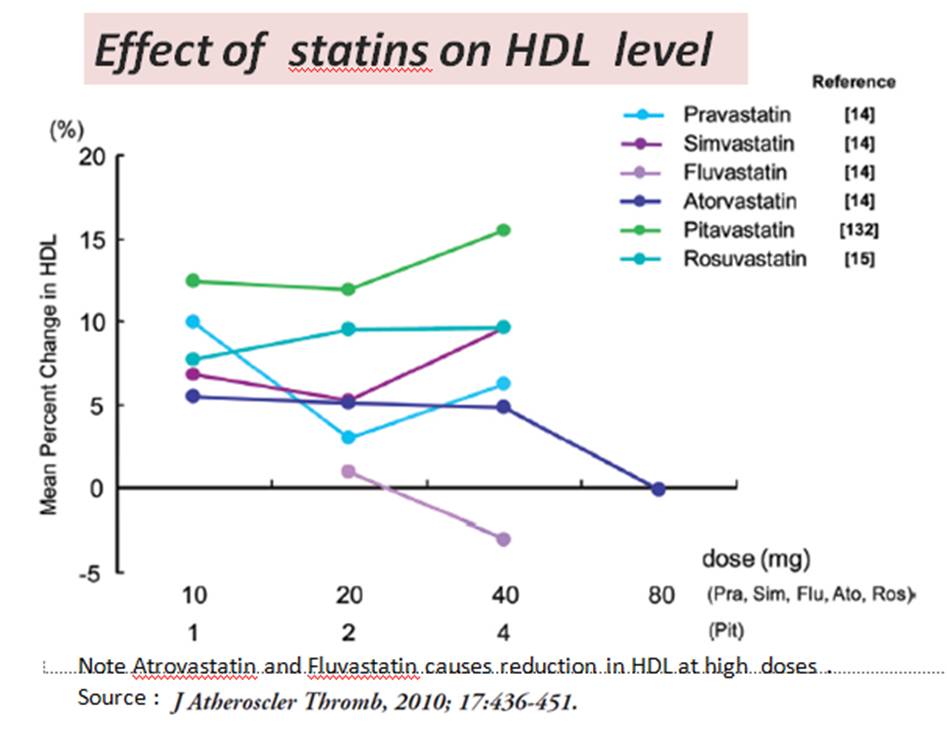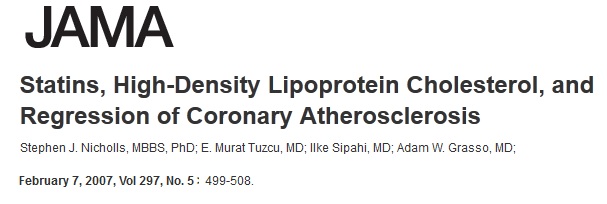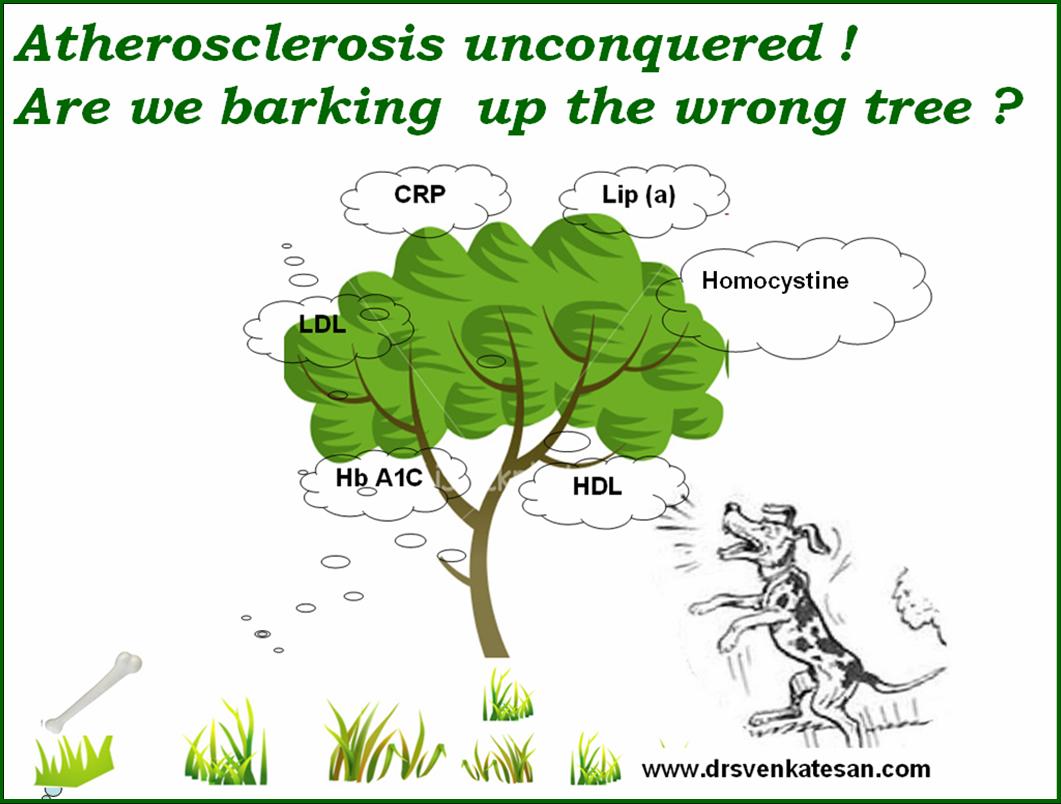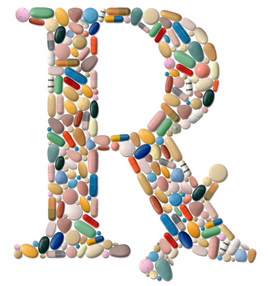
15 % of body weight is fat. (10kg) Out of which just 250 mg of cholesterol is streaming in blood. We must understand fat, lipid and cholesterol are different entities. LDL is obviously a target against atherosclerosis. While the total body fat seems to do little in determining blood cholesterol levels, what is more scientifically shocking is the slope of curve between blood LDL levels and plaque burden is rarely linear. Mind you, LDL constitutes .000025% of total fat. We have many other targets in dyslipidemia like free cholesterol, harmful fatty acids, remnant cholesterol, TGLs, dysfunctional HDLs
LDL is not innocent

Cone electron microscopic Image : A macrophage after a diet full of LDL molecules
There are innumerable evidence for LDL, being the enemy number one in human atherosclerosis .It don’t know but, it fully deserve the name bad cholesterol.It looks like it may be counting its last few decades, as the whole pharma industry is activated to destroy this physiological molecule that carries some critical functions in our body. In one of the hyper-educated debate, I asked how low we can bring LDL down ? One leading professor of lipidology with a H index possibly crossing his LDL levels, said, we can go as low as possible , even to zero. He argued for possible eradication of this heinous molecule. No surprise, there was a thunderous applause from the industry benches.
How to go about lowering the LDL ?
Statins are the first line drugs. We have found it is not enough, it doesn’t bring down LDL below 70 in many , enhancing the residual risk .Now, we have found a God sent weapon. PCSK has got into our hands after some stunning collaborative research between geneticists, biochemist and pharma guys. Let us use it judiciously . This LDL receptor regulatory chaperone , prevents its recycling so blocking or reducing its function
This cartoon from the Dr. Libby’s article (Ref. 1) image depicts the potential pathways beyond Evolocumab (Repatha) and Alirocumab (Praluent). PCSK can either be blocked after its synthesis or paralyzed before it is synthesized (RNA manipulation therapy SiRNA). There is one hidden face for PCSK trials as exposed by BMJ report of FOURIER methodology that will argue some caution with this new target.
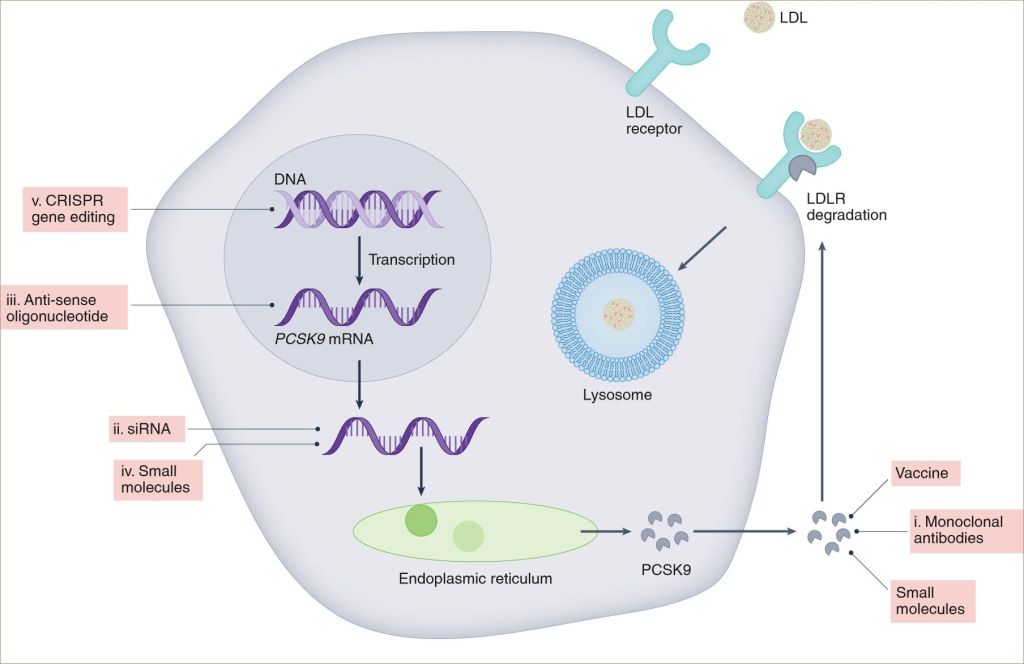
Bembidoic acid is a also can also join the death game of LDL .It just acts two step above the HMG-CoA axis blocking ATP citrate lyase, . BM-Acid is approved by FDA well before the CLEAR trial by Steven E. Nissen et al NEJM 2023 Leqvio ® (Inclisiran) is also approved in 2023. Soon, we will get vaccines that will promote lipid catabolism.
Ok let us be practical : What does the current guidelines say about LDL target?
It depends upon the risk profile and the guidelines you follow. Numbers to remember are 70, 55, 40 mg

One of my suggestion is to try keep both LDL and HDL as narrow as possible. This would mean both LDL &HDL should hover around 55 -60mg in high risk category
Can we allow the proposed free fall of LDL ? (Ref 2)
If we apply the 50% reduction from baseline criteria, if someone develops CAD at 50 mg, it would mean to reduce LDL to 25 mg, right? This is where the problem starts. LDL, apart from being a carrier of hormones, may have a role in the structural stability of every cell membrane. While, the relationship between LDL and atherosclerosis is so intimate, funnily we have heaps of data that show South Asian population with tons & tons of plaque with normal LDL. The lesson we haven’t learned from the Indian paradox is that there are more unknown and invisible culprits in promoting atherosclerosis and CAD.
*In fact, for the future generations, there is more exciting ignorance waiting to be decoded. CAD without standard modifiable risk factor SMURF is the new agenda (nearly 25% of CAD occurs in the absence of SMURF – Ref -3). In this scenario, whipping a single known culprit and playing the LDL number game among the public mind is not welcome.
Final message
The tendency to portray a physiological molecule LDL , as a sole villain for CAD is not correct. Further ,trying to eradicate it, Implies, inadequate understanding of human lipidology.
Post-amble
Reference
